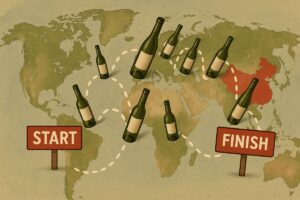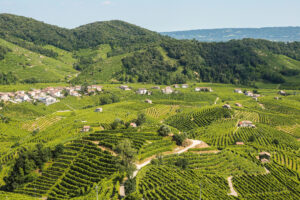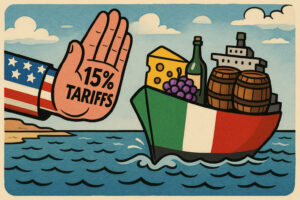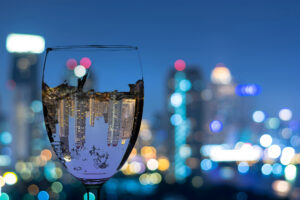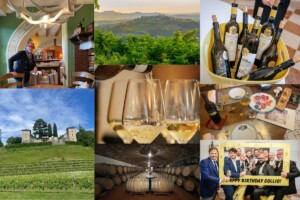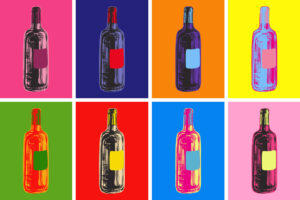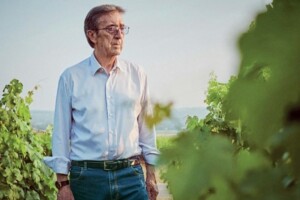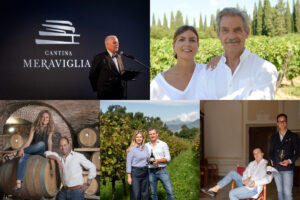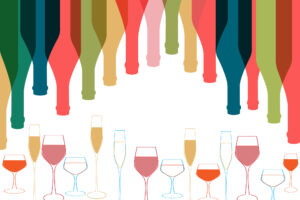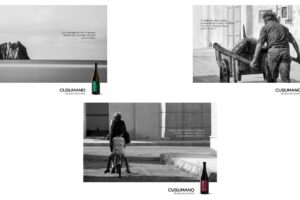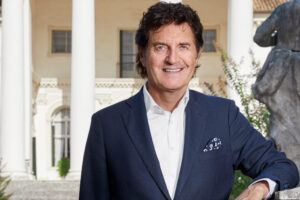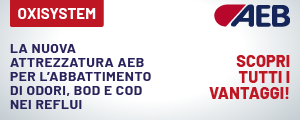Since the beginning of the 21st century, if exists one category that has marked wine consumption, it is bubbles, which are constantly growing, at least until the beginning of the pandemic, in 2020, a year that marked a decrease in purchases of 5 %, because in their horizontality, which embraces sparkling wines within everyone's reach, such as Prosecco, and much more expensive bottles of Champagne, sparkling wines still represent the joie de vivre, the banquet, which is not very suitable for domestic consumption in lockdown. 2021, as for many other consumptions, marked the recovery, but the two years of the pandemic, as emerges from the “Wine Intelligence sparkling wine reports”, have accelerated changes in consumer attitudes, especially in countries such as the USA, Canada, UK, and Australia, and which essentially concern two aspects: who and how chooses the bubbles.
Starting from the first aspect, the data for 2021 from Wine Intelligence show a profound change in the four English-speaking markets, both in terms of volumes and values. Basically, since 2016, consumers over 55 have gradually left the sparkling category, or in any case, have decreased the quantity and frequency of consumption. A trend that, in the UK, has seen an important acceleration, which has led to a net decrease in the number of sparkling wine consumers, precisely because of the Covid pandemic, which has thwarted any opportunity to socialize, between restaurants and social places closed and celebrations canceled or postponed. At the same time, the category of sparkling drinkers, in recent years, has grown thanks to Millennials and Generation Z, with a clear acceleration in 2021 of those under 45 who live in cities who, dispelling stereotypes, are more men than women.
This group of urban youth has had the ability to return to pre-pandemic consumption rather quickly (especially compared to more mature consumers), having a large budget for travel and social life. It is a very lively target, which focuses on quality and emerging bubbles, specially produced locally, which bodes well for producers in the USA and Australia, but also in the UK and Canada. The paradox is that, at the same time, in the category of still wines the trend goes in the opposite direction: in the UK, Australia, and the USA consumption is increasingly linked to a mature wine drinker, while the share of young people is decreasing. Consumption of still wine, among the oldest, has even doubled, probably because the frequency of consumption increased during the pandemic. Canada is an exception, where for at least a decade young people have married with conviction the world of wine, especially the national one, and produced in a biological and sustainable way.
Returning to the group of younger bubble drinkers, mostly males, it is them who dictate the change: first of all by making sparkling wine no longer the wine for the toast and the party, as it used to be for their parents, but that of the aperitif after work. Sparkling wine was an occasional drink, in a very large portfolio, which included spirits, beer, and still wine: it is now a more frequent choice, especially in some markets, and a higher frequency of consumption of sparkling wines reduces the frequency and incidence of other types of drinks. Another aspect to underline concerns the economic and social profile of those who drink sparkling today: if before they were the rich Boomers, today they are young workers who live in big cities and in technological hubs, and therefore London in the UK, Toronto in Canada, but also cities like Austin, Atlanta, and Denver in the USA.
As every generation does, also the Millennials, with their choices, refute and contrast the conservative vision that previous generations had of sparkling wines. Thus, while those over 55 firmly believe that there is a right time and place to uncork a bubble, that is, during special occasions, those between 25 and 39 years old do not see any problem drinking a glass of sparkling wine at the end of a day at work, or to open a bottle during lunch at home with friends, and this could still be a legacy of the lockdown, which has upset many consumption habits. Obviously, the more general macro trends that are changing the approach to alcohol consumption also concern sparkling wines, starting with moderation, while the short-term trend tells of polarization between a small group of young consumers, mostly males, who choose bubbles at least once a month, and a larger one of older consumers, mostly women, who limits the consumption of sparkling to special occasions, or even decides not to drink sparkling wines at all.
Copyright © 2000/2025
Contatti: info@winenews.it
Seguici anche su Twitter: @WineNewsIt
Seguici anche su Facebook: @winenewsit
Questo articolo è tratto dall'archivio di WineNews - Tutti i diritti riservati - Copyright © 2000/2025











